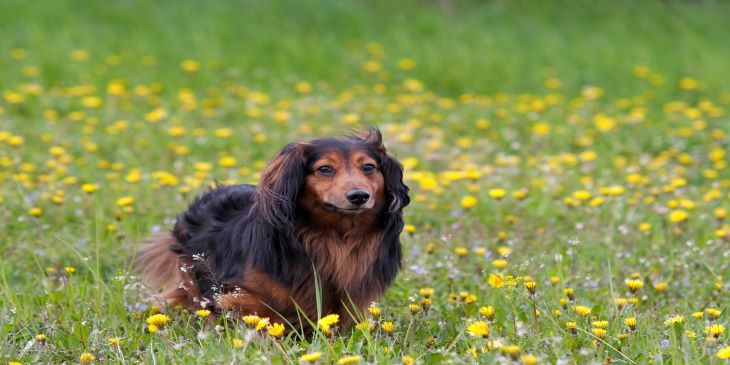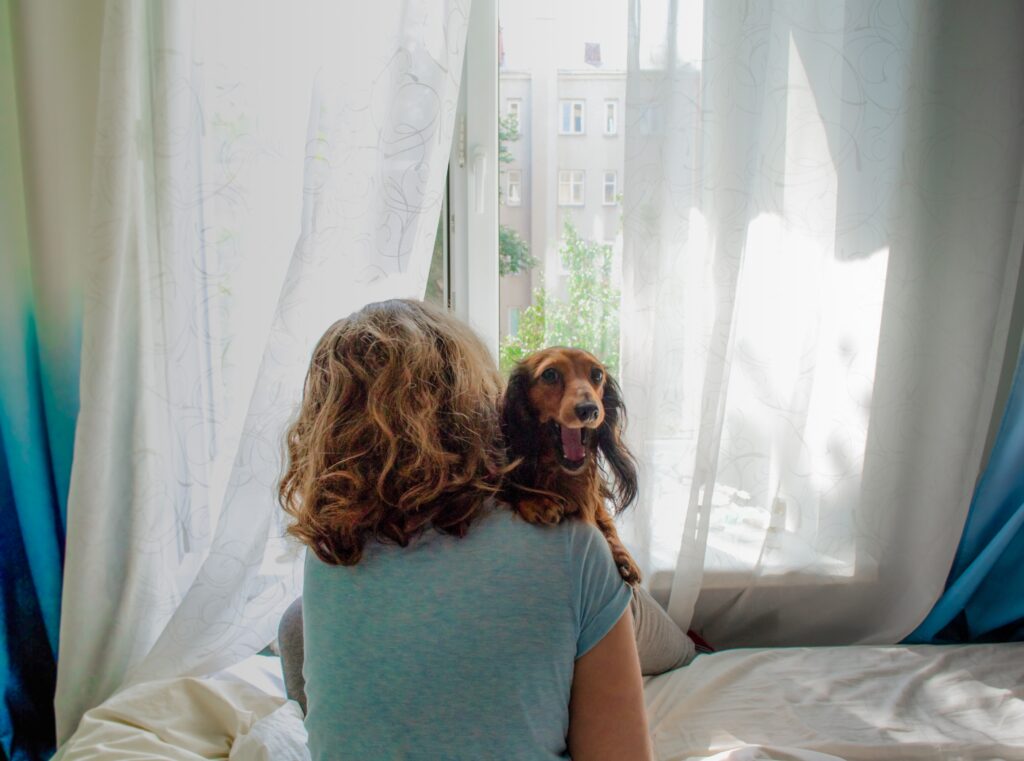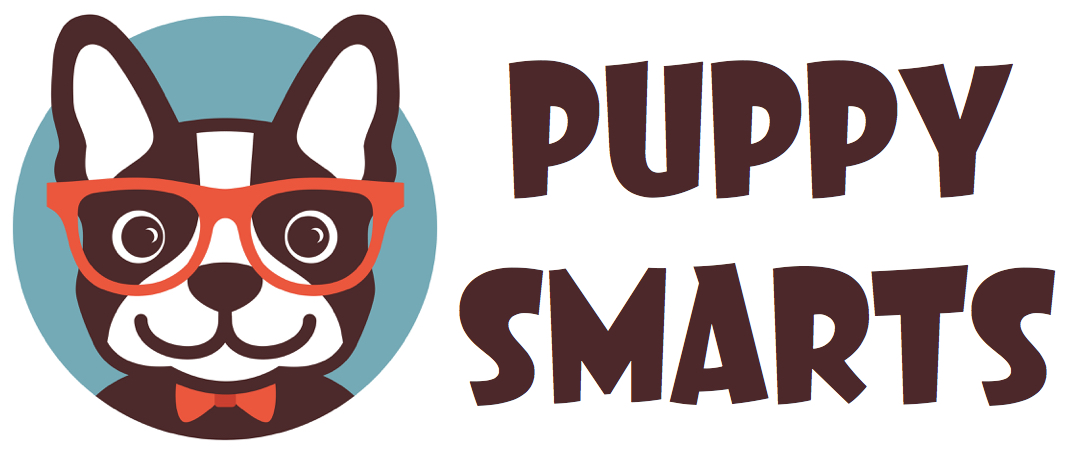Long-Haired Dachshund -10 Things To Know

Overall, the Dachshund family has the reputation of being low-maintenance, low-key, and a laid-back toy breed. The elegant Long-Haired member is an exception to this rule, though many have the misperception that she is among the most amiable.
Owning A Long-Hair As Your First Dachshund
If you foray into the Dachshund world with the Long-Hair as your first breed in the family, you’ll be surprised to find that the animal bears a hunter’s instinct making her fearless, strong, and independent, plus bordering on the stubborn side.
Before choosing the Long-Haired variety, make sure to speak with a breeder who can let you know the temperament, the amount of maintenance involved, and how the animal differs from the other options. This breed comes in three textures: smooth, wire-haired, or long-haired, each with its own unique appearance, needs, and personalities.
Knowledge Is Bliss
The more informed you become, the more educated your decisions and the better care you can provide your new puppy. There is some debate over the proper size for a Dachshund, but the Long-Haired comes in two sizes, the mini, and standard. Some dispute exists whether a toy breed is recognized in the United States. However, most authentic breeders attempt to discourage the practice that produces toys in every breed.
While the animal is instinctively a hunter, the dogs are good companions showing loyalty and friendliness, but you will need to deal with stubbornness, especially with training. That can prove to be a challenge. But once you become buddies, you’ll likely go and get another one. With Long-Hairs or any dachshund, no one can have just one.
According to this post about long-haired Dachshund written by Dr. Holly Ramsey, Ph.D., who has 12 years of training and breeding Dachshund, there are top 10 fun facts that every Doxie owner needs to know:
1. A Few Varieties: Long-Hair Dachshunds come in either smooth or wired-haired. The wire version offers a wiry, coarse coat. Since the long-hair gene notes to be recessive, you would need both parents to have long hair to produce one of these puppies.
2. Shedders: This type of Dachshund does shed on a seasonal and moderate level; however, grooming doesn’t require a great deal of effort. The animal is relatively low maintenance, with brushing needed perhaps once or twice per week and clipping nails about once each month. For brushing, you should purchase a “slicker” brush which is ideal for their coat and gentle as it works to remove tangles but avoids the skin. The canine produces minimal, if any, body odor.
3.Hunters: The Dachshund has the 12th spot on the “most popular” breed list. While the perception is that the dog is laid back and a type of “pocket” pooch, the Long-Hair has a strong prey drive, being bred originally as a strong hunter with an independent streak capable of killing wild badgers that trumped them multiple times in size. Even today, the modern dog has these traits with the breed standard as described by the AKC for the ideal Dachshund being:
“Clever, lively, and courageous to the point of rashness.”
With such a strong prey drive, the animal would not be suitable as a companion pet if you have smaller pets like guinea pigs, chickens, rabbits, or anything of this sort since they would likely hunt them down and do harm. The Long-Haired version is also not necessarily reliable around kids, with suggestions that unfamiliar kids have monitoring with these dogs in their presence. Searching for toys to satisfy the hunting nature is the recommendation.
4. Sizes: The dogs come in two sizes, either miniature or standard, but the mini is not designated as a class of its own which is true with other breeds. You will find “show classes” for those under 11 lbs with an age of 12 months and over. A standard variety generally reaches between 16 and 32 lbs at maturity.

5. Recommendations For Health Testing: The Long-Haired Dachshund boasts a significantly hardy and generally healthy breed. Still, you need to deal with a reputable, reliable breeder who performs the recommended health testing on the bred dogs due to specific conditions recognized as problems for the dogs. Some include:
- Cardiac Testing
- Ophthalmologist Exam
- Patellar Tests
There are sites you can use after adopting your dog to help you identify genetic health problems. A trusted breeder can make recommendations on the best sites to find this information. Puppies whose parents had testing can still have conditions that might not be present in the parents, so make sure the pup goes through adequate exams for preventative purposes.
6. Colors: Colors you’ll commonly see for the Dachshund are black, red, or tan, but; in fact, the animal is available in 15 varied colors. You can see blue/cream, chocolate/cream, fawn/cream, or “Isabella,” black/cream, chocolate/tan, black/tan, blue/tan, fawn/tan, red, wild board, wheaten, fawn, chocolate, black, cream.
Not only are there a myriad of color combinations, but you’ll also find a variety of markings like brindle piebald, piebald and double piebald, brindle, sable, dapple.
There are stringent guidelines with the AKC as far as their breed standards for the Dachshund. Disqualification happens quite quickly for anything that doesn’t meet the “colorway” outline with particular stringency on the “pied” variants. These cannot have blue eyes, nor can over half of the head have white markings.
Plus, if you have a remarkable result with a “double dapple” puppy pattern, these are discouraged because they tend to develop severe health issues. The AKC deems the dog unacceptable for this reason and will not register these pups as pedigree Dachshunds.
7. Blankets: Long-Haired Dachshunds adore snuggles under the blankets. – (Actually, all Dachshunds root under the blankets and love it.) If you don’t want a puppy to sleep on the bed with you, make sure to get a super comfortable doggy bed with plenty of blankets for cuddling. Even an enclosed dog bed would be an idea.
8. Costs: There should be no additional fees for getting the pick of the litter or, if you want a specific color, for registration documents. If you run into this, understand you are likely dealing with either a commercial breeder or potentially a puppy mill. The cost should remain the same (about $2000 for a Long-Hair) regardless of specifications.)
Walk away and find a reputable, ethical, authentic breeder. The dogs will likely be healthier, have adequate testing, and you’ll get beneficial guidance and advice, plus a resource you can refer to should you need help.
9. Lifespan: Their ancestry indicates these dogs are hardy pups with good health when well-bred and cared for. A typical lifespan for the breed is approximately 12-16 years, again depending on breeding and the quality of life.
10. Stairs: Prevention is key with these canines. You want to keep the dog from developing spinal injuries, which means avoiding jumping up and down off furniture, even slight distances with his delicate spine. This can result in irreparable damages for the pup. Dog stairs help prevent these types of injuries and allow the pup to be independent in getting up where he wants to lie down, like on the bed or sofa.
Armed with these facts about the stunning Long-Haired Dachshund, you can now make a more informed decision whether she is the best choice for you.
